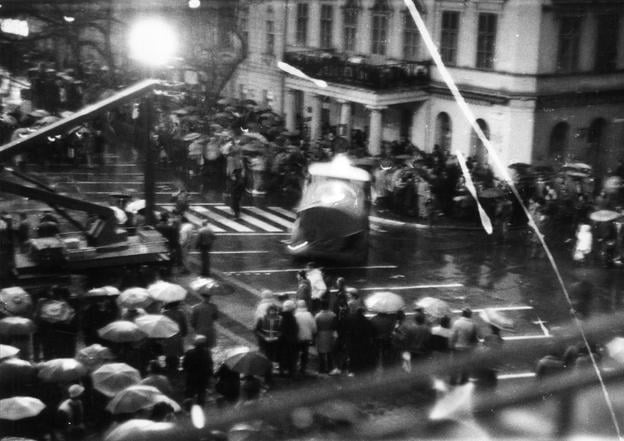Welcome to your weekly commentary and overview of news from Slovakia, which has just marked 35 years since the Velvet Revolution, but now faces a disturbing reminder of the state's capacity for violence.
If you have a suggestion on how to make this overview better, let me know at michaela.terenzani@spectator.sk.
Is this how the gains of November '89 are lost?
Police officers in army green coats wearing white helmets and swinging white batons charge into a peaceful crowd. That is one of the most fitting, telling images of the regime that ruled Czechoslovakia in the 1970s and 1980s.
The local Communist Party, modelled on its Soviet progenitor, had many ways of putting people in their place – and not just through the physical violence of the state security organs. The secret police honed various methods of inflicting psychological terror on citizens, and the regime had long experience of using enablers in workplaces and schools to ensure acquiescence.
But it is the images of police violence that are best captured and therefore remembered: officers beating long-haired youths at concerts by musicians who were rather too fond of freedom for the totalitarian regime's tastes; or, notably, police officers with white batons dispersing the crowd at the 1988 Candle Demonstration in central Bratislava with the aid of water cannons.
On Sunday, November 17, inhabitants of Slovakia and Czechia marked 35 years since that regime began to collapse as a result of their own anti-communist revolution, one that freedom-loving people fondly remember in the Slovak language under the softer name of Nežná Revolúcia, or Gentle Revolution.



